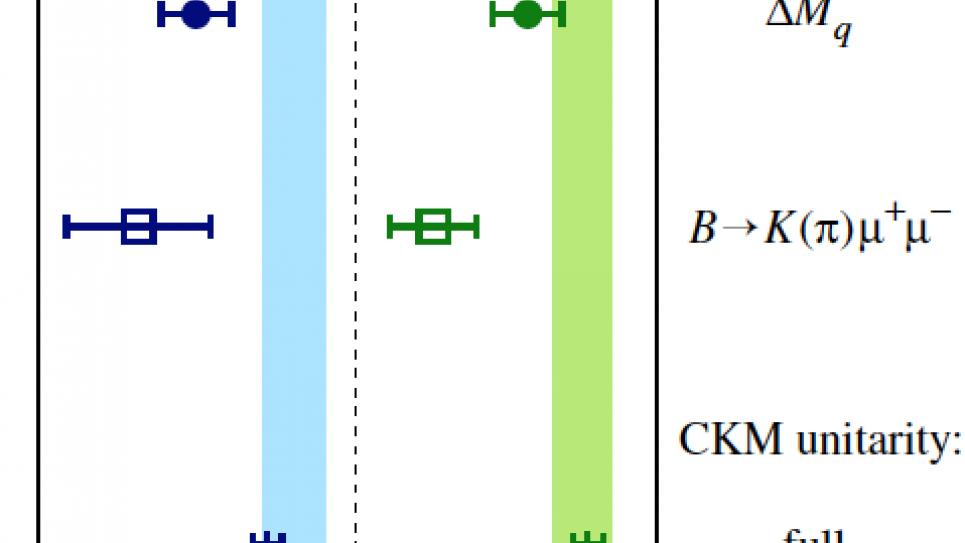
Lattice quantum chromodynamics calculations for particle and nuclear physics
By allowing the properties of particles observed in experiments to be calculated in terms of the fundamental properties of the quarks inside, this project will deliver a large number of calculations urgently needed by the experimental programs of high energy and nuclear physics.
The Aurora machine offers a sea change in capability for lattice quantum chromodynamics (QCD). This project aims to carry out a set of targeted calculations that will have a major impact on high energy and nuclear physics, offering critical support to the experimental programs in both areas.
In high-energy physics, lattice calculations are required to extract the fundamental parameters of the standard model (such as quark masses and mixing amplitudes) from experiment. Evidence for physics that lies beyond the standard model can be discovered if discrepancies are found between different methods for determining these parameters. This search for discrepancies becomes more exciting as these comparisons become more precise.
In nuclear physics, lattice calculations are critical to the success of numerous experimental programs. For example, already-existing experiments need to calculate the structure and scattering of protons, neutrons, and light nuclei at larger volumes and lighter quark masses than can be achieved using the computers available today.
The fundamental laws of nature, in particular those of QCD, are expressed in terms of quarks and gluons, but experiments involve only quark-containing particles (hadrons) such as protons and neutrons. Large-scale numerical simulations are the only ab initio method for relating QCD to experiment. This project aims to study four sets of calculations that were not possible before Aurora, all of them using lattice QCD: (1) high-precision calculations in the neutral kaon system, related to the violation of the particle-antiparticle and spatial inversion symmetries (CP), (2) generation of refined gluon-field configurations aimed at high-precision heavy-quark physics, (3) calculations of hadron structure in support of GlueX and of multinuclear interactions, and (4) calculations of particle fluctuations in high-temperature strongly-interacting matter.